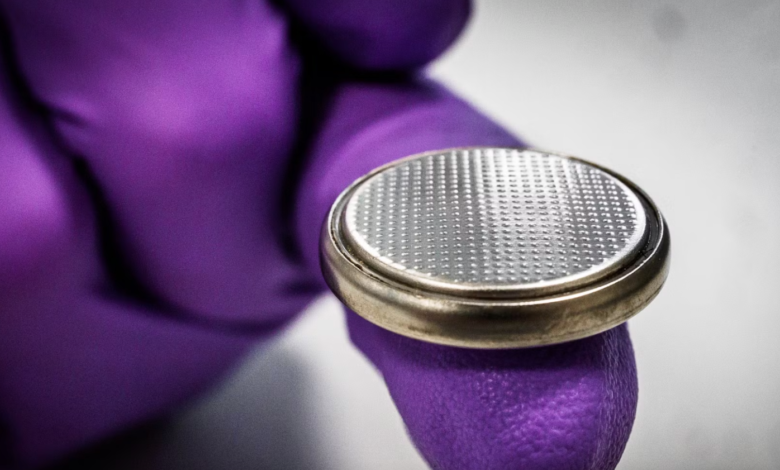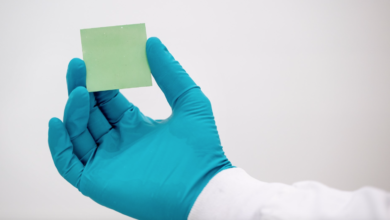Zinc and lignin battery, stable for 8000 cycles

Lignin zinc battery, the green side of the accumulation
A new “wood-based” storage device comes from Sweden, promising new and exceptional advances for energy storage. A group of researchers from the University of Linköping has created a zinc and lignin battery that can be charged and discharged 8,000 times, maintaining 80% of its initial high current performance.
Advantages and disadvantages of zinc ion battery
This is an undeniable step forward for zinc ion refillables. This technology has attracted a lot of attention in the multivalent ion batteries field thanks to several advantages. It can work with non-flammable aqueous electrolytes, has a high theoretical specific capacity (820 mAh/g) and an extraordinary recyclability (>99%). In addition, zinc is abundant, inexpensive and has low toxicity. All attractive features that, however, are not enough to bring these devices to the mass market.
read also The transistors of the future could be produced from lignin
At least not the rechargeable version. The zinc batteries currently sold are of the primary type and to make the secondary version, you must first solve some major technical challenges. The main problem? The poor duration due to the reaction of zinc with water in the electrolytic solution of the battery. This reaction leads to hydrogen gas generation and zinc’s dendritic growth, making the device quickly unusable.
The Swedish zinc and lignin battery
To stabilize the cycle, scientists at the Swedish University studied a new electrolyte and applied it to a lignin zinc battery, that is, equipped with a lignin and carbon composite cathode and a metal zinc anode. In detail, the group has developed a polymeric saline electrolyte based on potassium polyacrylate able to mitigate the collateral reactions associated with redox processes of water.
The tests showed the goodness of intuition. The Linköping University battery has demonstrated exceptional capacity retention of 80% after 8,000 cycles at a high current rate of 1 A/g, achieved a maximum energy output of 23 Wh/kg and a peak power output of 610 W/kg.
“This result – scientists write in the scientific journal Energy & Environmental Materials (English text) – is particularly noteworthy as both lignin and zinc are among the most economical and reversible electroactive materials at the level global. They also have the advantage of being non-toxic and easily recyclable. The attraction of the Zn-lignin battery is that both zinc (for 0.4 USD/Ah) and lignin (from 0.1 to 0.4 USD/Ah ) have a favorable low cost/capacity ratio”.
Currently the units developed in the laboratory are small but scientists believe they can create larger batteries, about the size of a car battery, thanks to the abundance of raw materials used.





